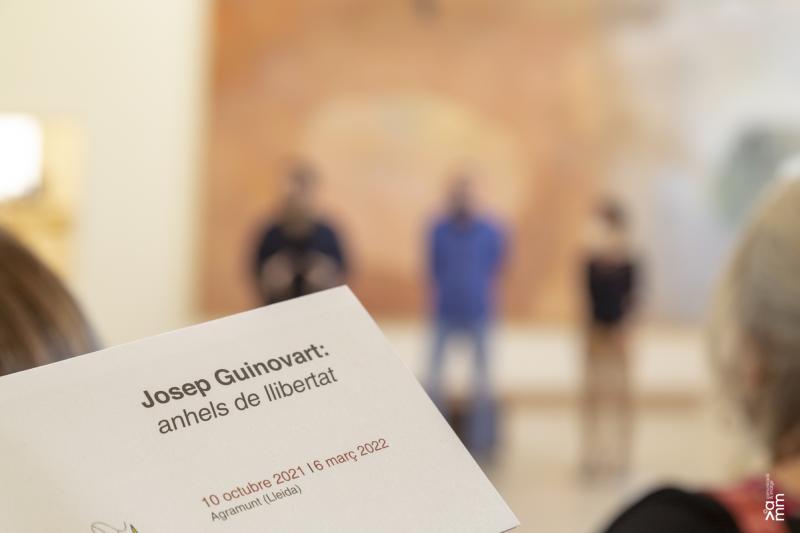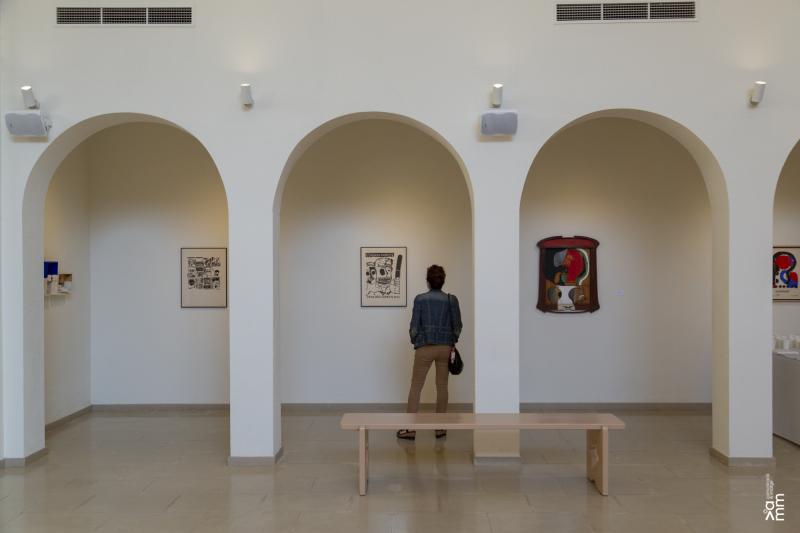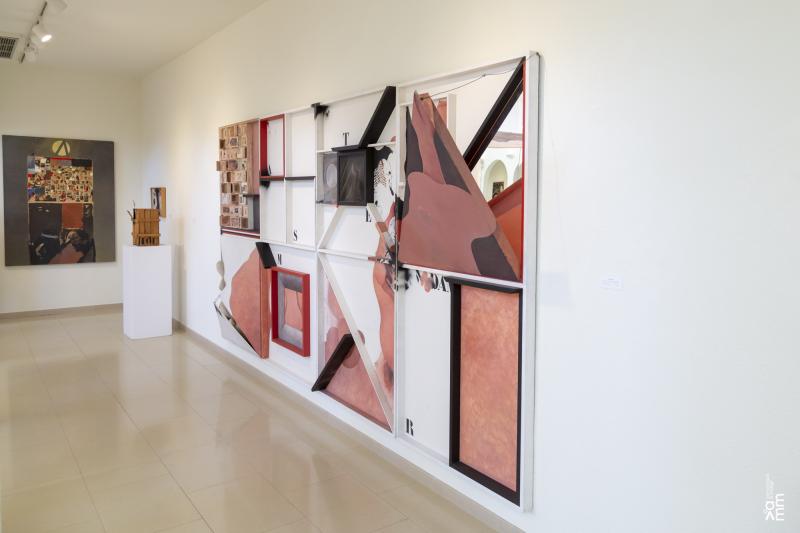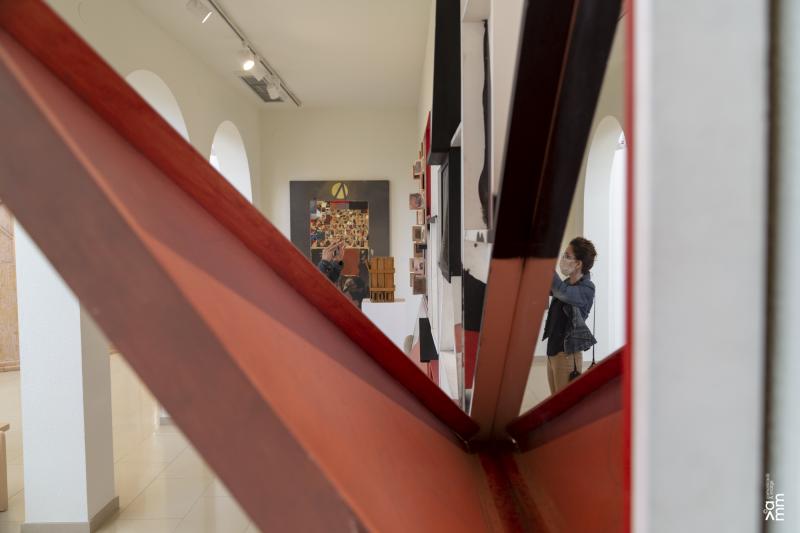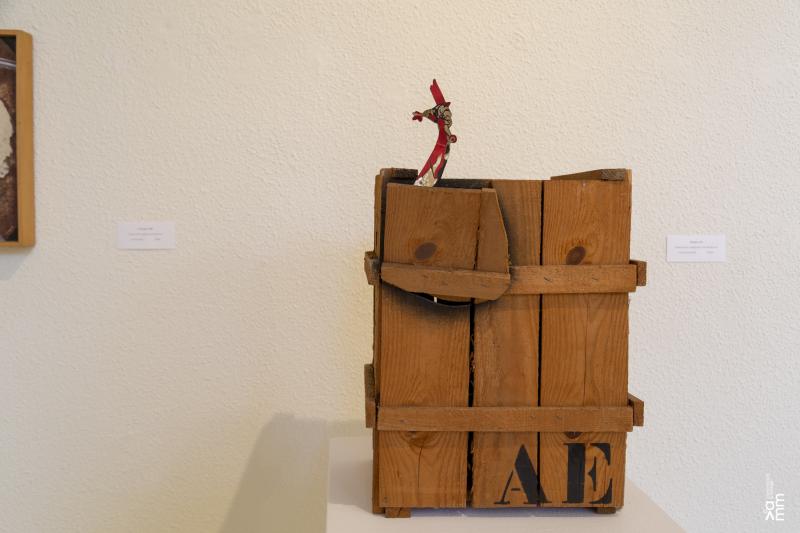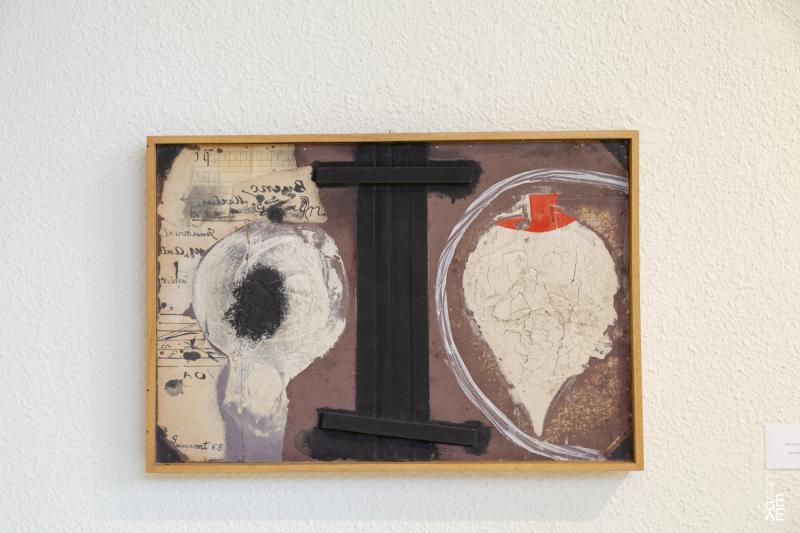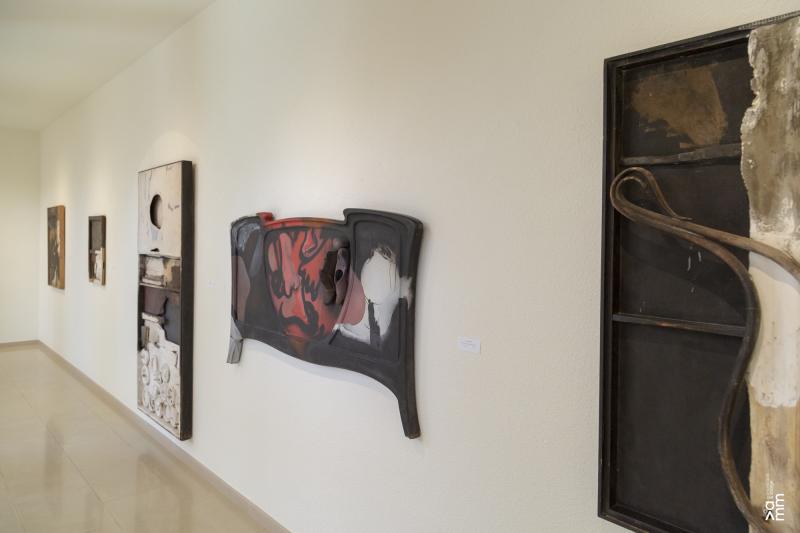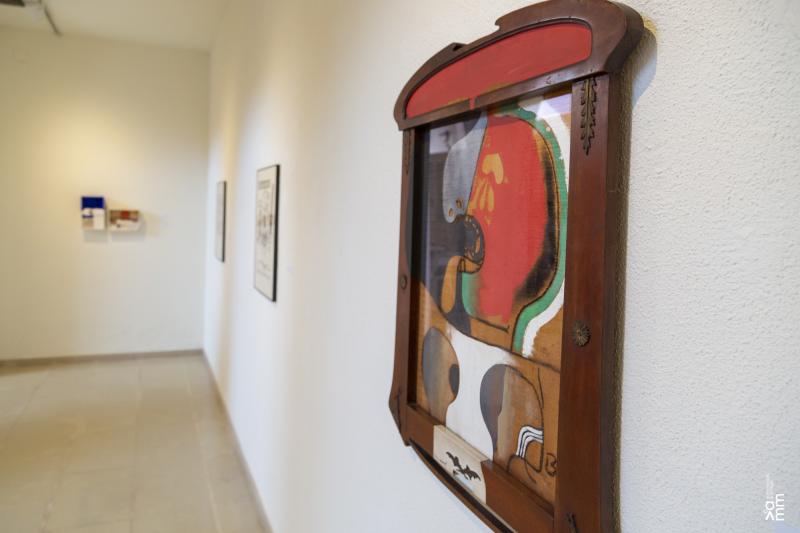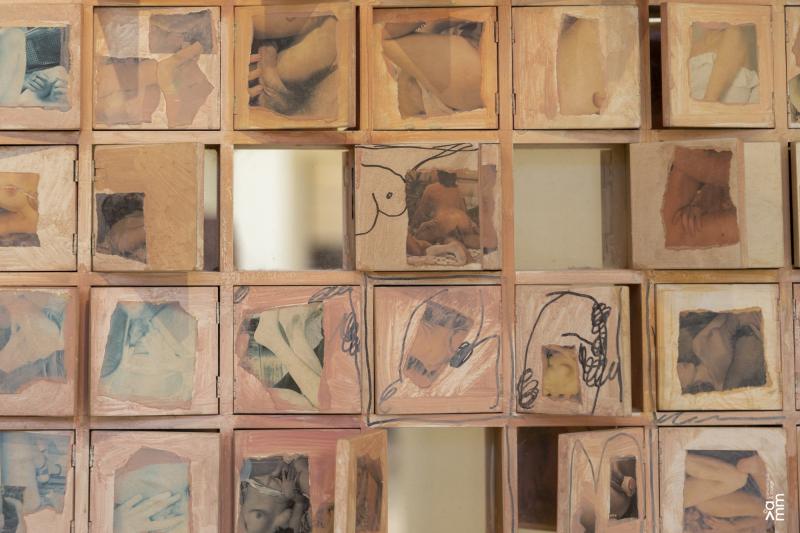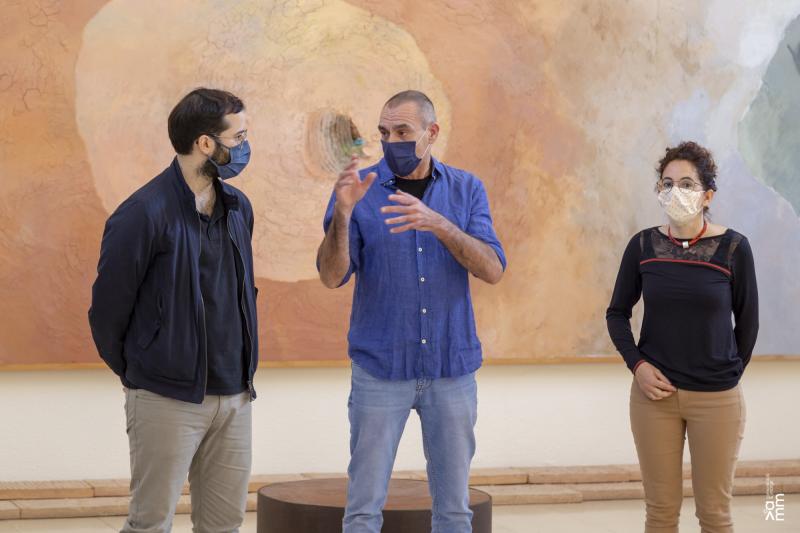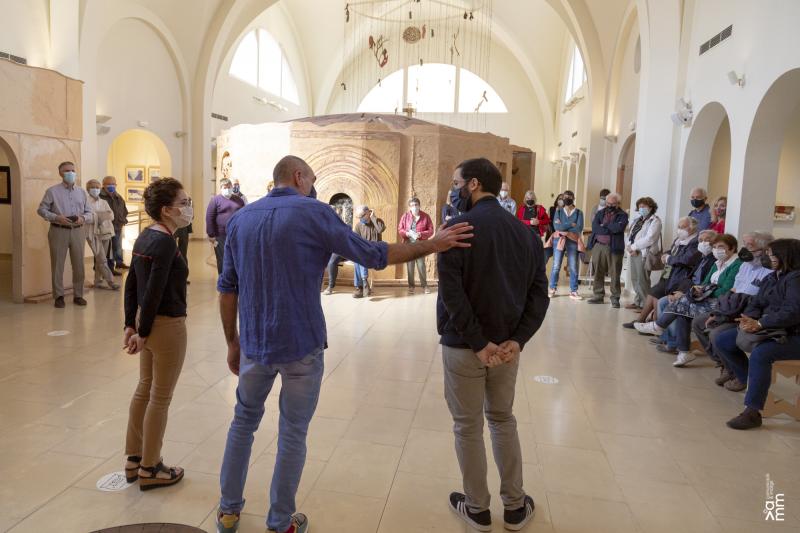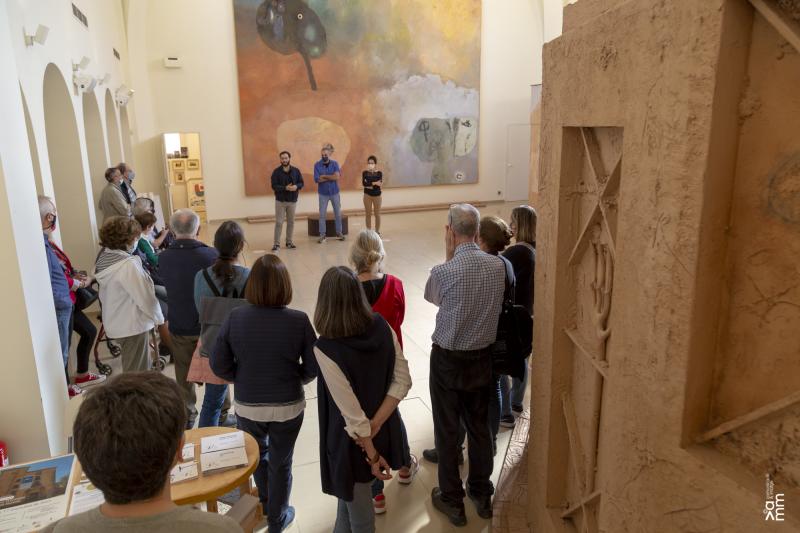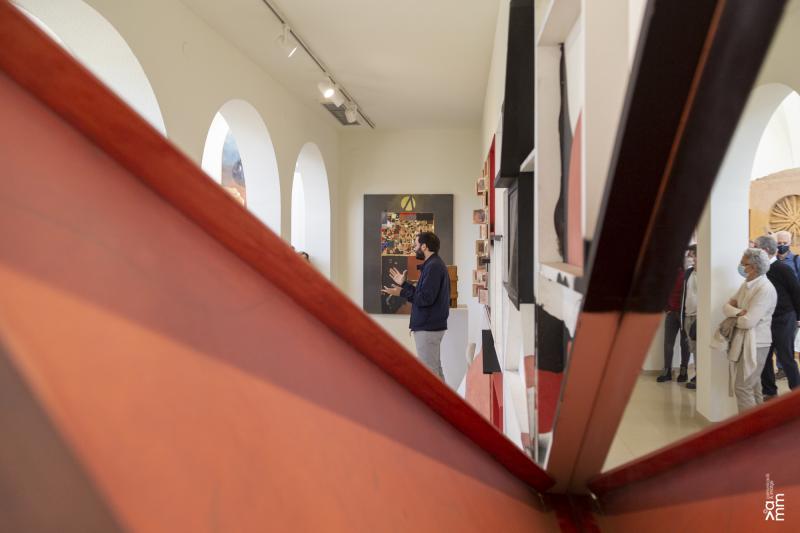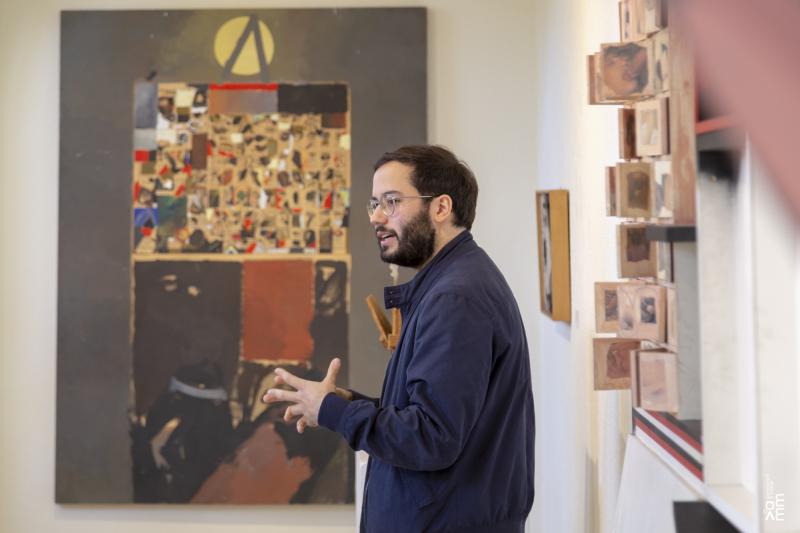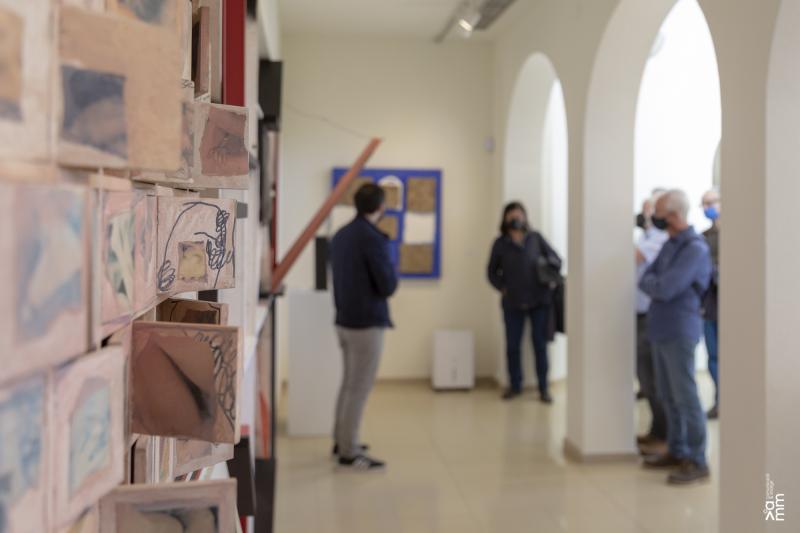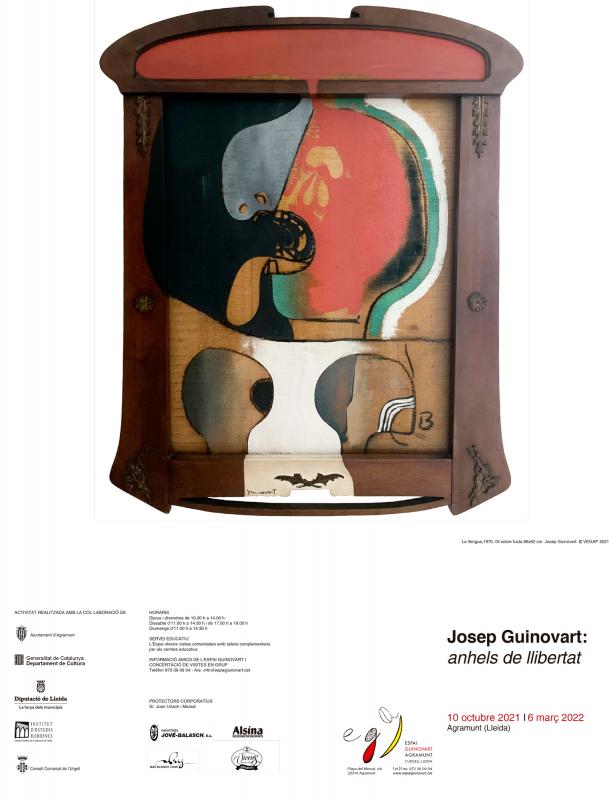Longing for freedom
Josep Guinovart
Guinovart's work is characterised by its free spirit. From his artistic beginnings artistic beginnings, he strove to break with the limits of academicism and to find new ways of expression beyond new avenues of expression beyond the learned guidelines. However, from the mid-1960s, from the mid-sixties of the twentieth century, Guinovart experienced a personal and artistic growth in step with the social changes that were taking place worldwide during those worldwide during those years. Although we were still under Franco's dictatorship still under Franco's dictatorship, new ways of understanding the world and new ways of understanding the world and life were beginning to take shape, and new philosophical and ideological philosophical and ideological attitudes among the youth of the time, which would find an echo in the events of the events in Paris in May 1968.
This process of change is very visible in Guinovart's work from the early 1960s onwards.
of the 1960s. The artist, attentive to the social and political changes, began to abandon the severity and dramatism of his Informalist period in favour of abstraction. to give way to a much more vital abstraction - at times tinged with hedonism - which allows for a hedonism - which gives a glimpse of the new directions in his work. As Georges Perec says in his book Georges Perec says in his book Las cosas: una historia de los años sesenta (The Things: A History of the Sixties), to the entire generation "seemed to be more and more in control of their desires: they knew what they wanted, they had clear ideas. what they wanted, they had clear ideas. They knew what would constitute their happiness, their freedom".
In Guinovart's work, this yearning for freedom is linked to a process of of awareness. From that moment onwards, he began to become actively involved in clandestine political movements against in clandestine political movements against the regime - we think, for example for example, in his engravings for Estampa Popular - and he placed his work at the service of to vindicate himself and us socially, politically and culturally.
These individual and collective demands include being able to talk about everything without taboos, and to be able to everything without taboos, and it is in this way that themes such as sexuality, language sexuality, language, politics... Attitudes that should have been normal became - in a certain normal became - in a context of dictatorship - acts of militancy, of affirmation and vindication. affirmation and vindication. The artist ceased to be a misanthrope secluded in his studio in order to his studio to take sides in society, and it is in this way that his work fills the streets through posters, records and records. through posters, records and books to vindicate his liberties and those of all his fellow citizens. of all his fellow citizens.
The spirit of protest also gave way to a new figuration, a new realism which, at the same time, put his work realism which at the same time brings to the table reflections of rejection of a ferocious and growing fierce and growing capitalism, against consumerism and serialisation; demands that, despite the years, are still valid and touch us closely. close to us.
Bernat Puigdollers
Curator of the exhibition

